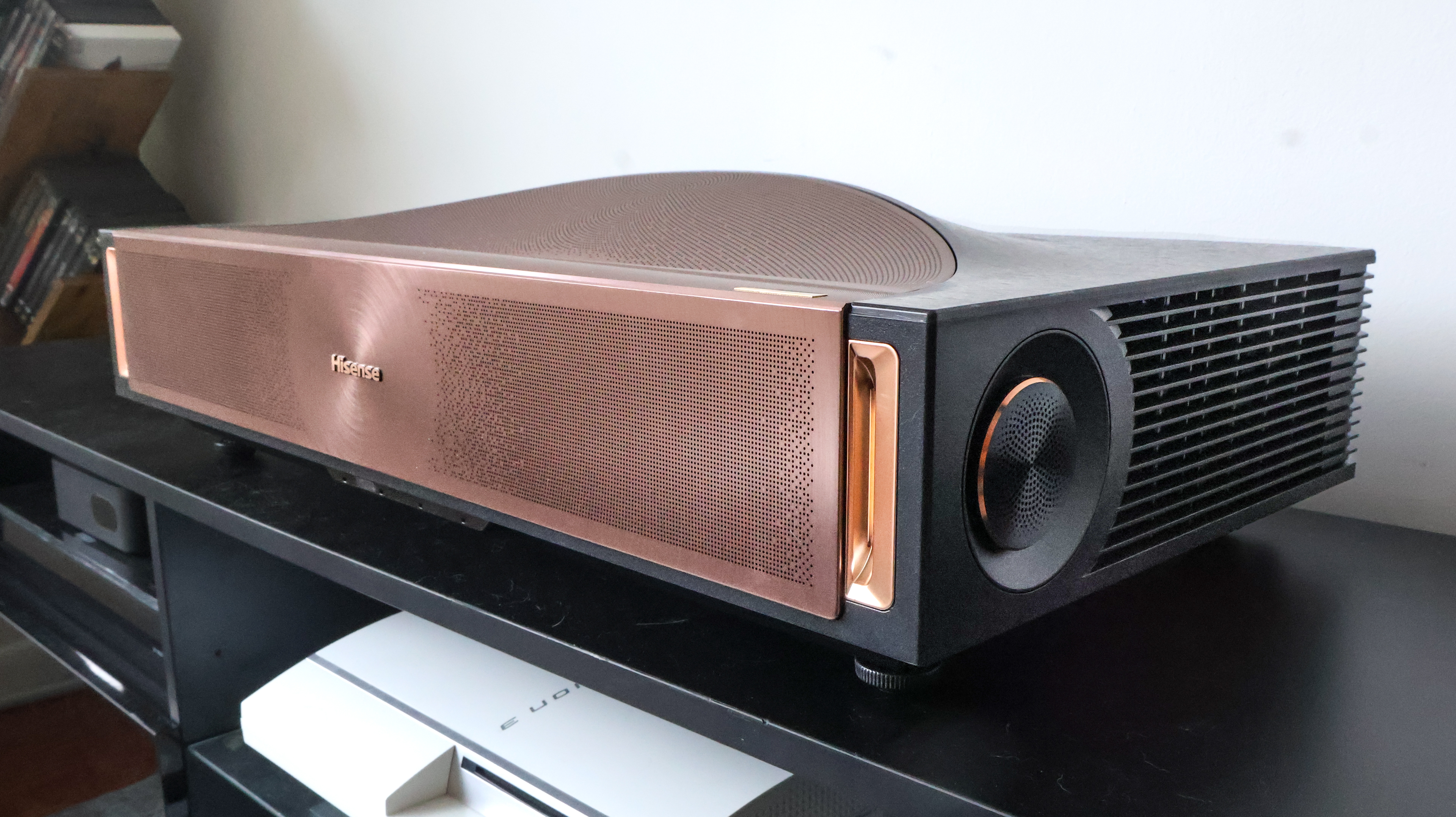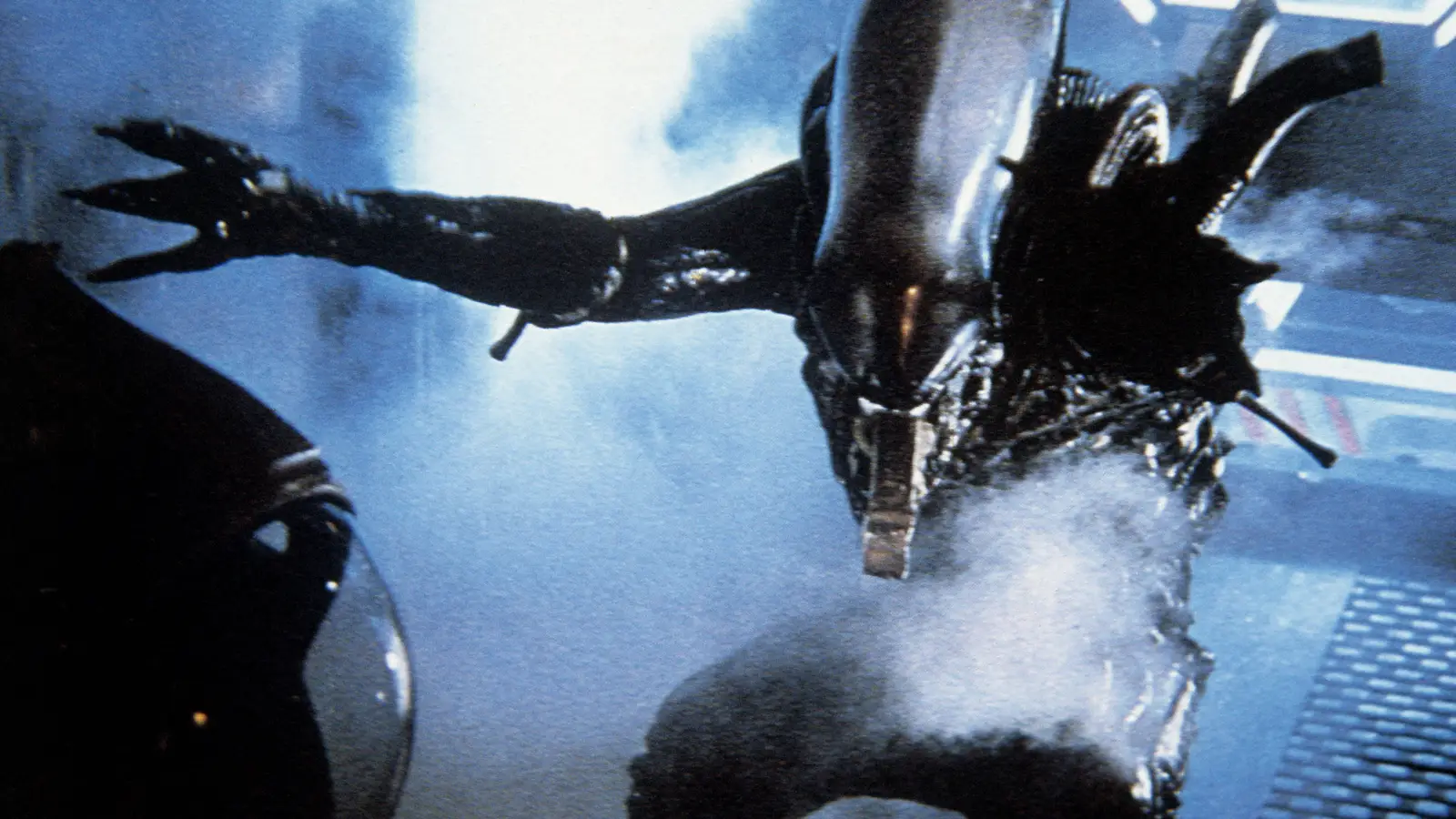Forget OLED – I spent a week with this 200-inch Triple Laser TV, and the picture is breathtaking

When Hisense announced its new L9Q laser projector earlier this year, a model offering a jaw-dropping 5,000 lumens of ANSI brightness, I was both shocked and wary. It sounded almost too good to be true, offering next-level features that I haven’t seen on a projector yet.
However, after spending over a week with this laser TV, I’m genuinely floored. Hisense’s claims of delivering serious brightness over the competition weren’t unfounded. The L9Q also offers excellent color coverage, owing to its TriChroma triple-laser engine. And you can get a picture up to 200 inches in size, which blows away even the biggest and best OLED TVs.
All of these enhancements add up to one of the most exciting projectors I’ve ever tested. But should you buy it? Read on to find out and see how my time with the Hisense L9Q went.
Hisense L9Q: Price
Priced at $5,999, the Hisense L9Q is far from being a value TV pick. For around half the price, you can get the Panasonic Z95B OLED TV, one of our favorite new TVs on the market. This is about being able to go much bigger than any Mini-LED TV or OLED while still getting a great picture.
The L9Q is one of the most expensive projectors right now, even when you compare it to alternative far-throw models. Some UST projectors to consider over the L9Q include the Xgimi Aura 2, Formovie Theater Premium, Epson EpiqVision LS800, and the Hisense PX3-Pro, most of which are between $2,000 and $3,000.
Hisense L9Q: Setup
Like many projectors, the L9Q runs on Google TV, so the general setup process is pretty simple. I did have some trouble getting the image to look pristine, primarily when it came to getting straight lines on an 80-inch image.
The L9Q does have auto keystone correction, but it didn’t work for me. This was true on the Hisense PX3-Pro. For some reason, Hisense’s auto-keystone functionality is a bit wonky and doesn’t work as intended, requiring more work in the setup stage.
It’s not the end of the world, as getting the projector to look its finest is totally worth it in the end. It’s all about throw ratio, pulling it further or closer depending on the size of the screen and leg height, ensuring the framing of the projected image isn’t distorted.
All in, setting up the L9Q probably took around 45 minutes to an hour. It’s par for the course when it comes to projectors, as you’re not going to get excellent picture quality right out of the box. However, one thing I didn’t have to mess with was image focus. The image was clear and pristine without any blurring from the moment I turned it on, which was a welcome surprise.
Hisense L9Q: Performance
Given its premium price, the L9Q delivers stellar performance and has a range of features that surpass competing projector. One thing that stands out is that the L9Q is equipped with four HDMI ports. Most projectors tend to have only three. Two of those ports support HDMI 2.1, giving you high bandwidth support for gaming consoles like the PS5 Pro and Nintendo Switch 2.
To say these features are rare on a projector would be an understatement. They aren’t put to waste, either. The picture quality looks phenomenal while gaming as much as it does in general entertainment.
I usually notice slight lag on most projectors, as they aren’t typically rated with great input latency, but there was none of that on the L9Q. While we don’t have any metrics on its performance yet, Hisense claims it offers up to 12ms of input lag, which is phenomenal for a projector.
Reviewing Silent Hill f on the L9Q was an absolute blast. The scarlet-hued flowers that pockmark the Japanese village looked lush and vibrant. Since it’s a Silent Hill game, the setting is steeped in a constant fog, making the game particularly dark, which the L9Q didn’t handle very well when faced with ambient lighting.
Hisense is known for high luminance on its most popular Mini-LED TVs, and that extends to the L9Q. I was impressed by this projector’s output. It still doesn’t handle daylight very well, which is to be expected, but it does maintain its picture quality when the shades are closed.
It’s rated at a whopping 5,000 lumens of brightness, which is the highest I’ve seen on a UST projector. The Epson LS800 is the next closest in ANSI lumens, which is rated for 4,000 lumens, and that laser TV offered a similarly spectacular experience.
Contrast would be a whole lot better if I added an ALR screen. Hisense claims the L9Q offers a contrast ratio of 5,000:1, meaning it doesn’t have inky blacks and precise shadows, but it’s adequate enough for a projector.
You also get the full range of HDR support, wrangling Dolby Vision, HDR10 and HDR10+. Given that HDR content is a bit dimmer, the L9Q performs best when watching Dolby Vision content in a dark room with no incoming light, especially movies like “The Batman” and “Oppenheimer.”
I was also thoroughly impressed by its audio quality. Just like high luminance metrics, Hisense is known for over-designing its TV speakers. The L9Q has a 6.2.2-channel system, which is respectable. I’d still pair it with a dedicated AV system or one of the best soundbars for movie theater quality audio.
Hisense L9Q: Outlook
There’s no questioning that the Hisense L9Q is one of the best projectors you can buy right now. It offers some of the most impressive brightness performance, excellent color volume for a projector, plus stellar gaming features. It’s the UST projector to rule them all.
But, does that mean you should buy it? That comes down to your budget. Spending $6,000 on a laser TV/projector is a meteoric investment. Some of the best 8K TVs don’t even cost that much, making the L9Q geared toward buyers looking for a high-end, large-screen display that can go much bigger than OLED TVs.
I personally wouldn’t buy the L9Q right now, even with its incredible performance output. It’s just too much money right now. But assuming it comes down in price, I might snatch one up in a sale.
More from Tom’s Guide



